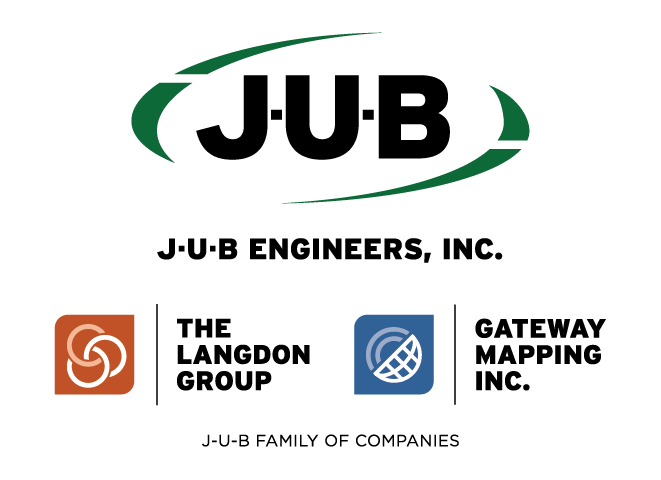Utah Is Building a ’15-Minute City’ From Scratch
January 20, 2022 by Evan Curtis
Recent News
- » Missing the APA Utah Listserv? Here’s How to Stay in the Loop
- » Join Us for the APA Utah Fall Conference at The Gateway!
- » Fall Conference
- » Planning Tools You’ll Actually Use: A Member-Favorite Resource Roundup
- » APA UT Webinar: Moderate Income Housing (MIH)
- » Thank You for Joining Us in Logan – Spring Conference Recap & Survey






























